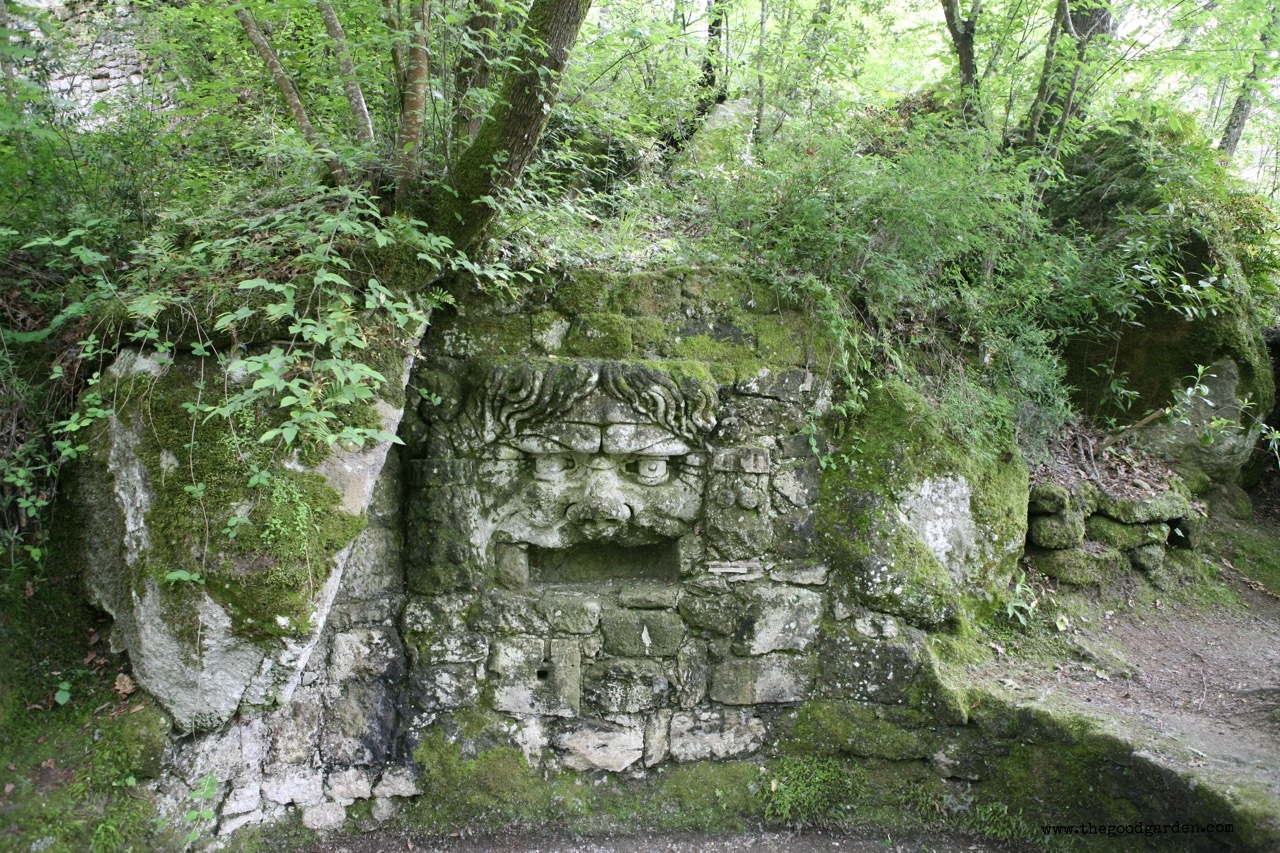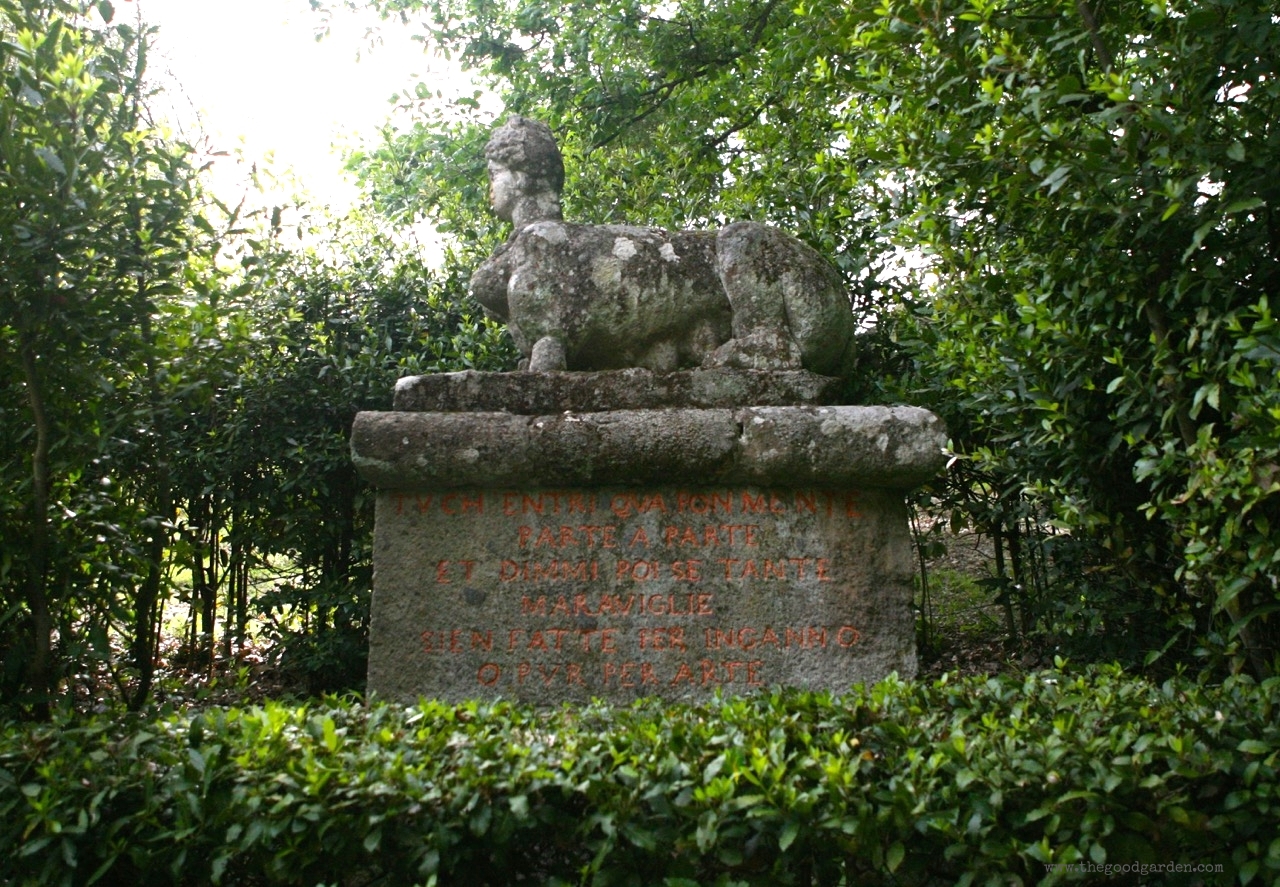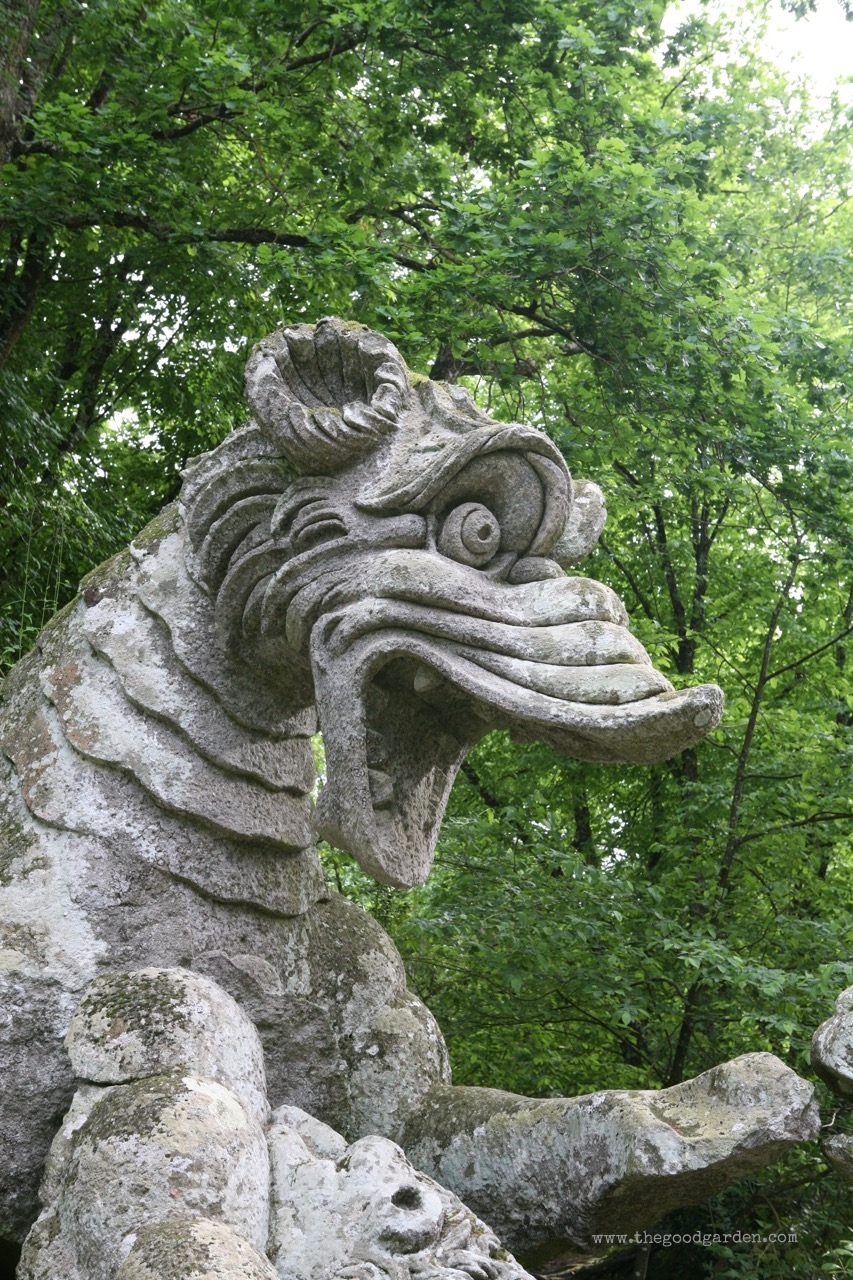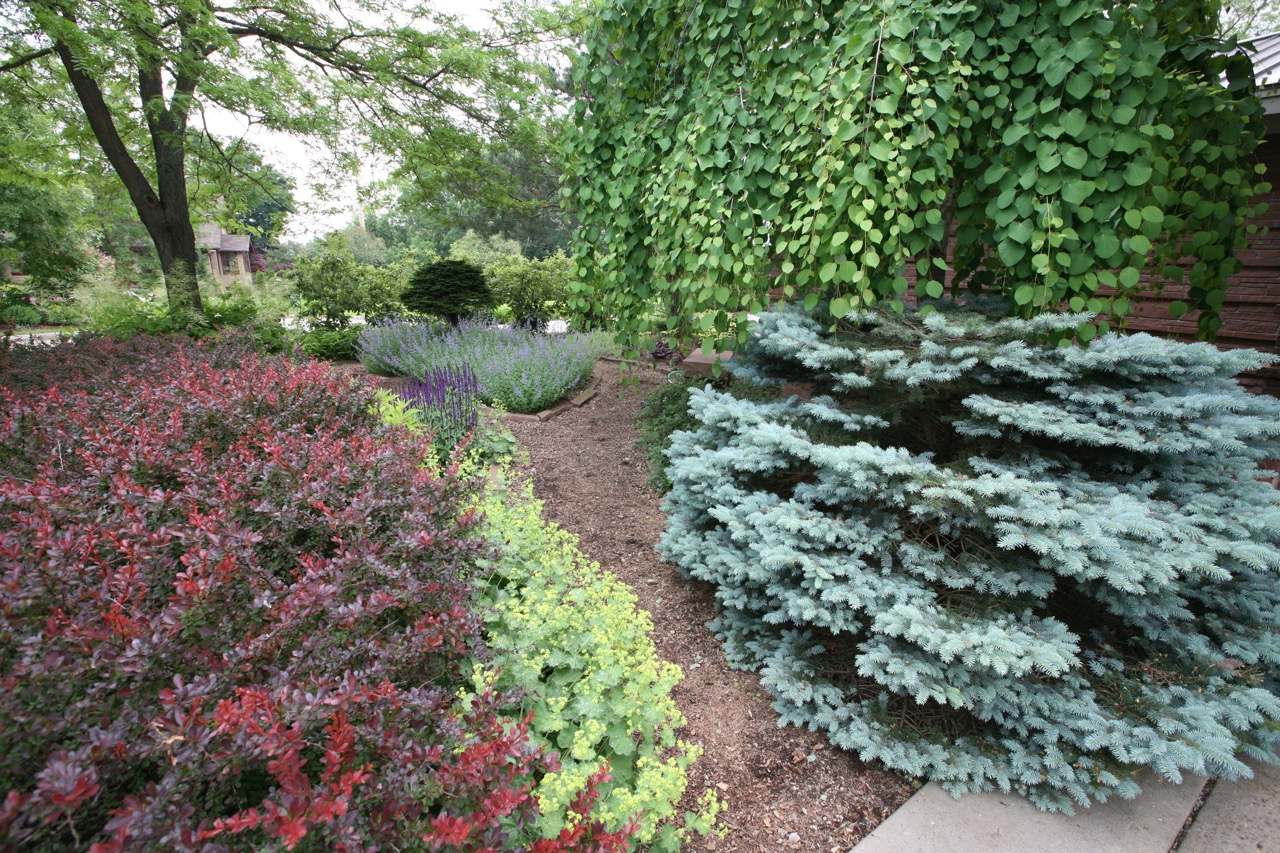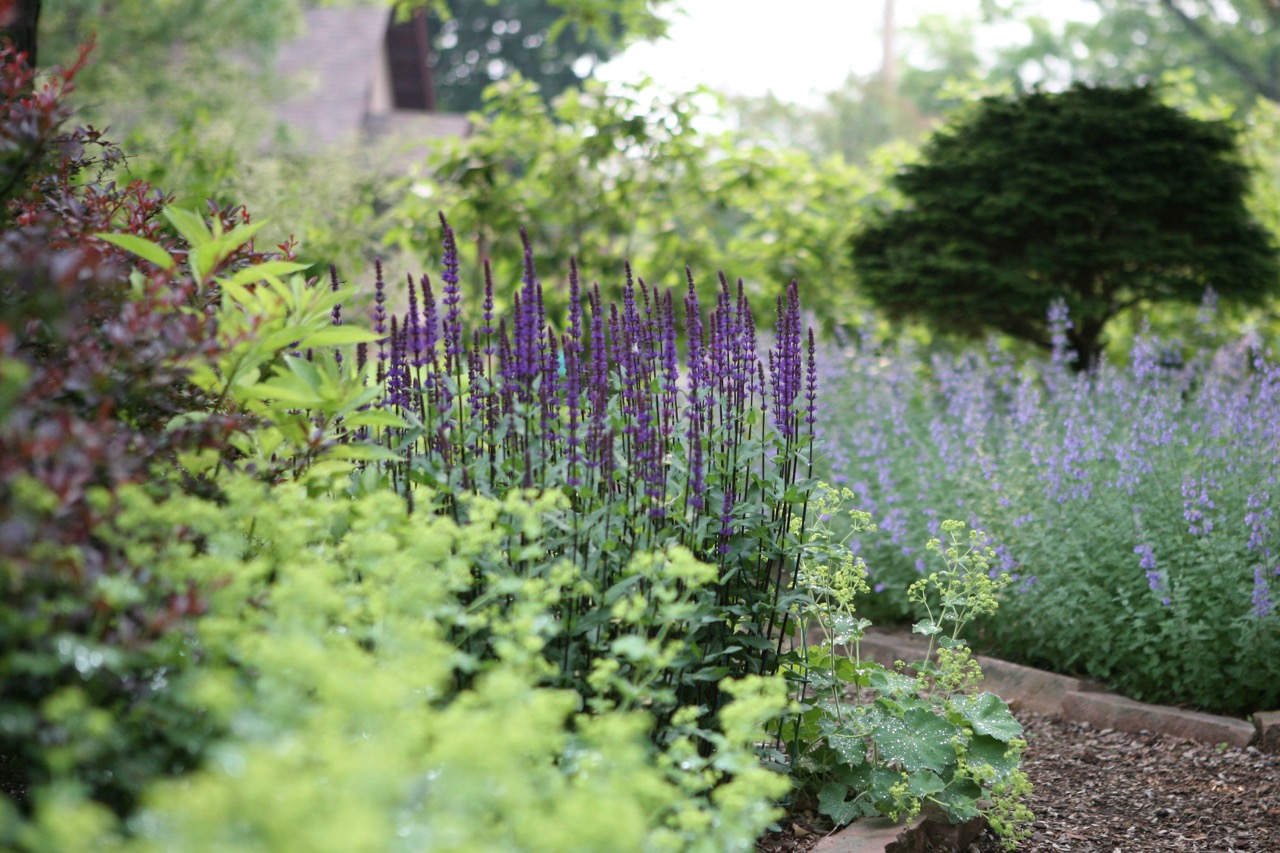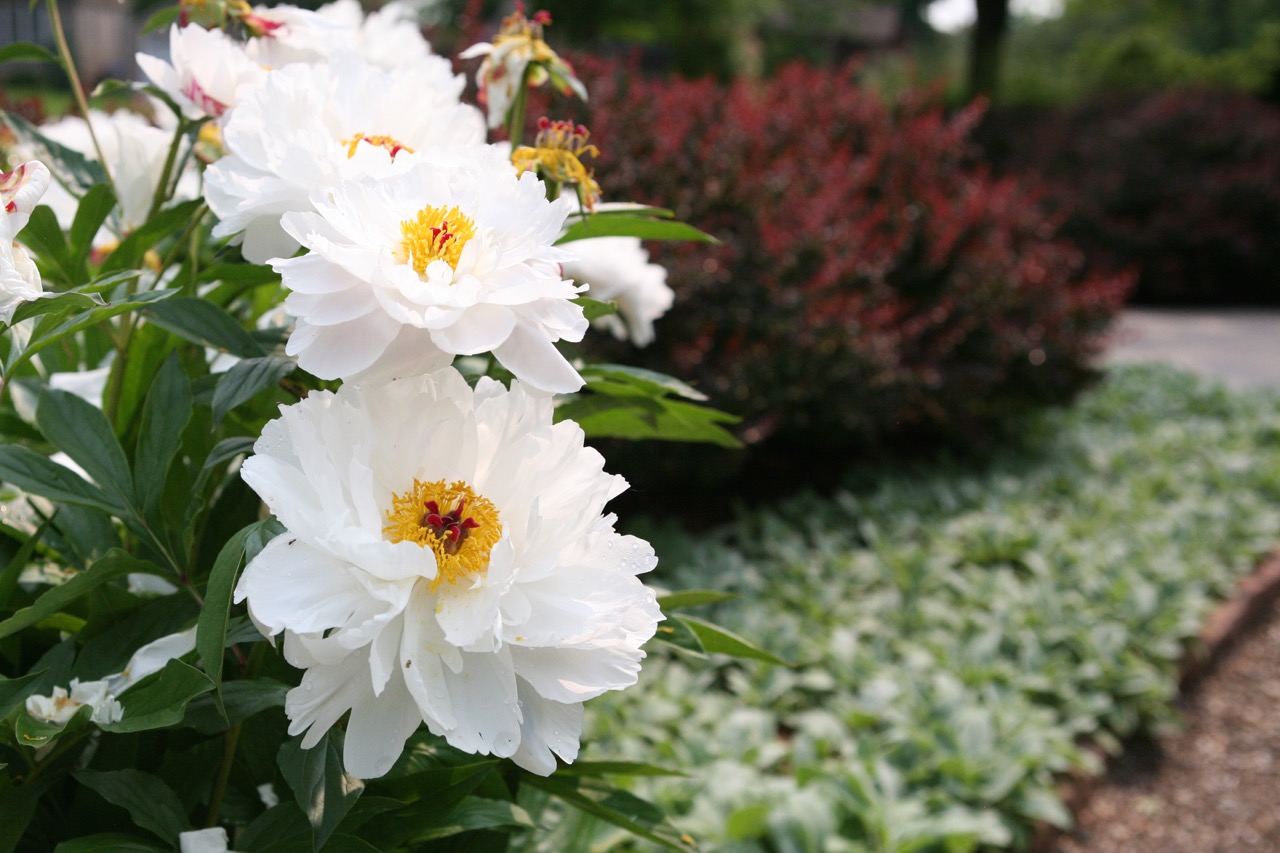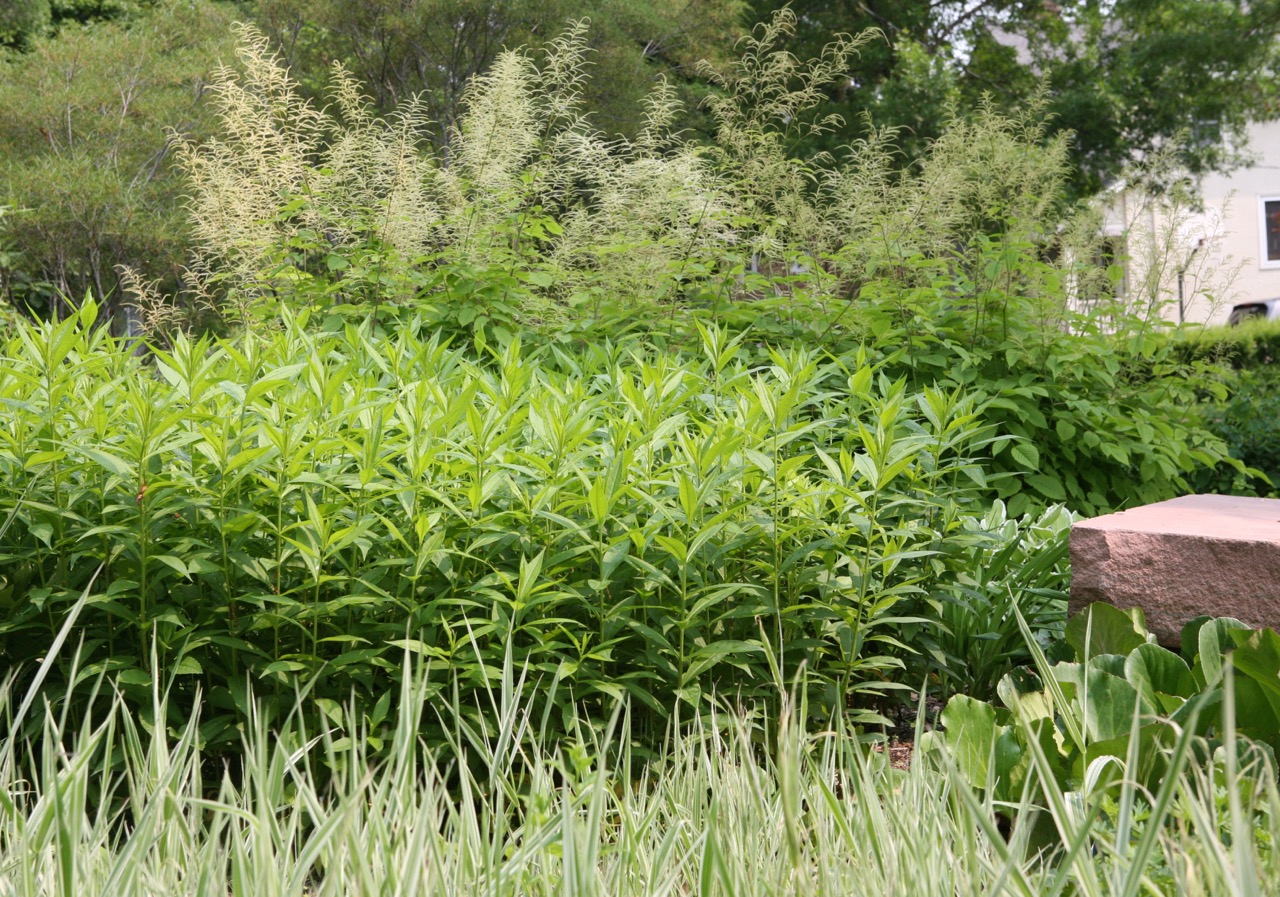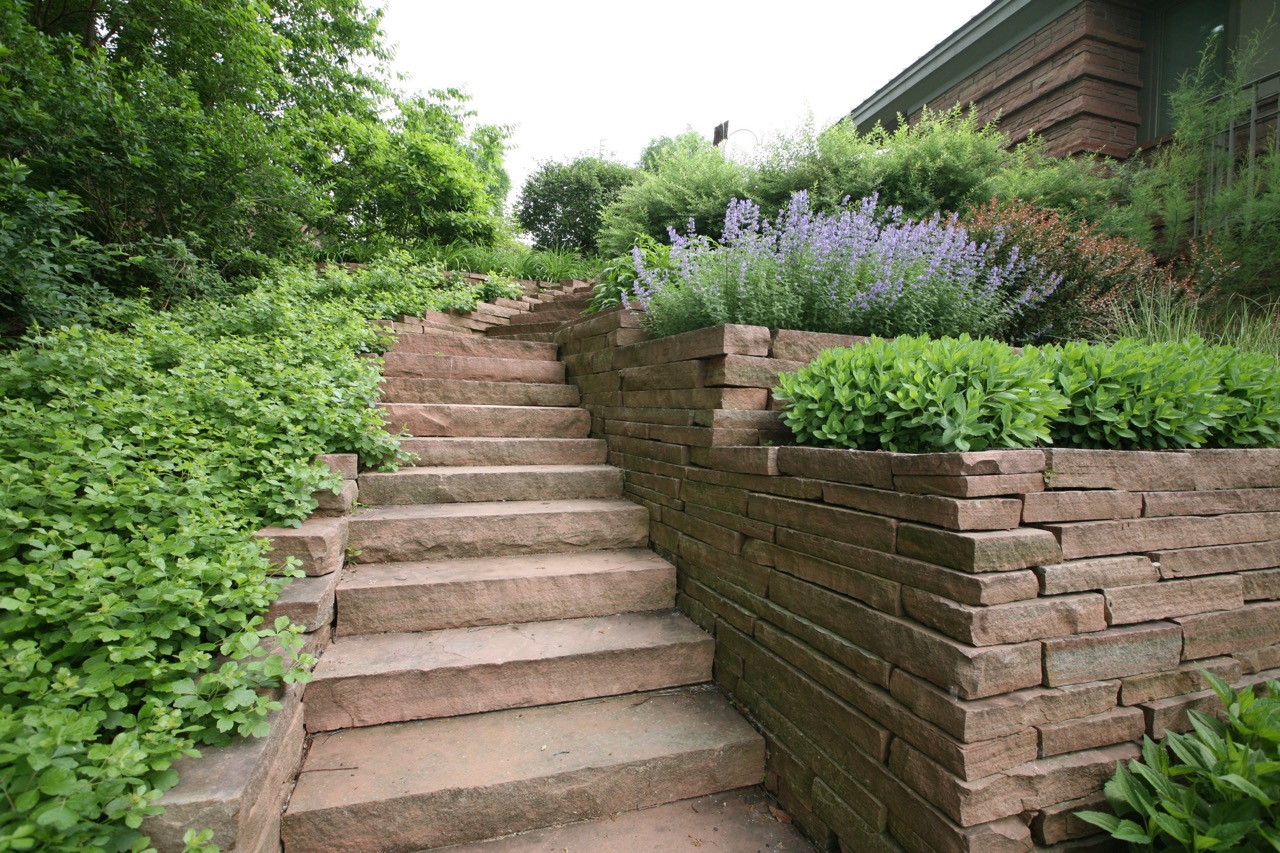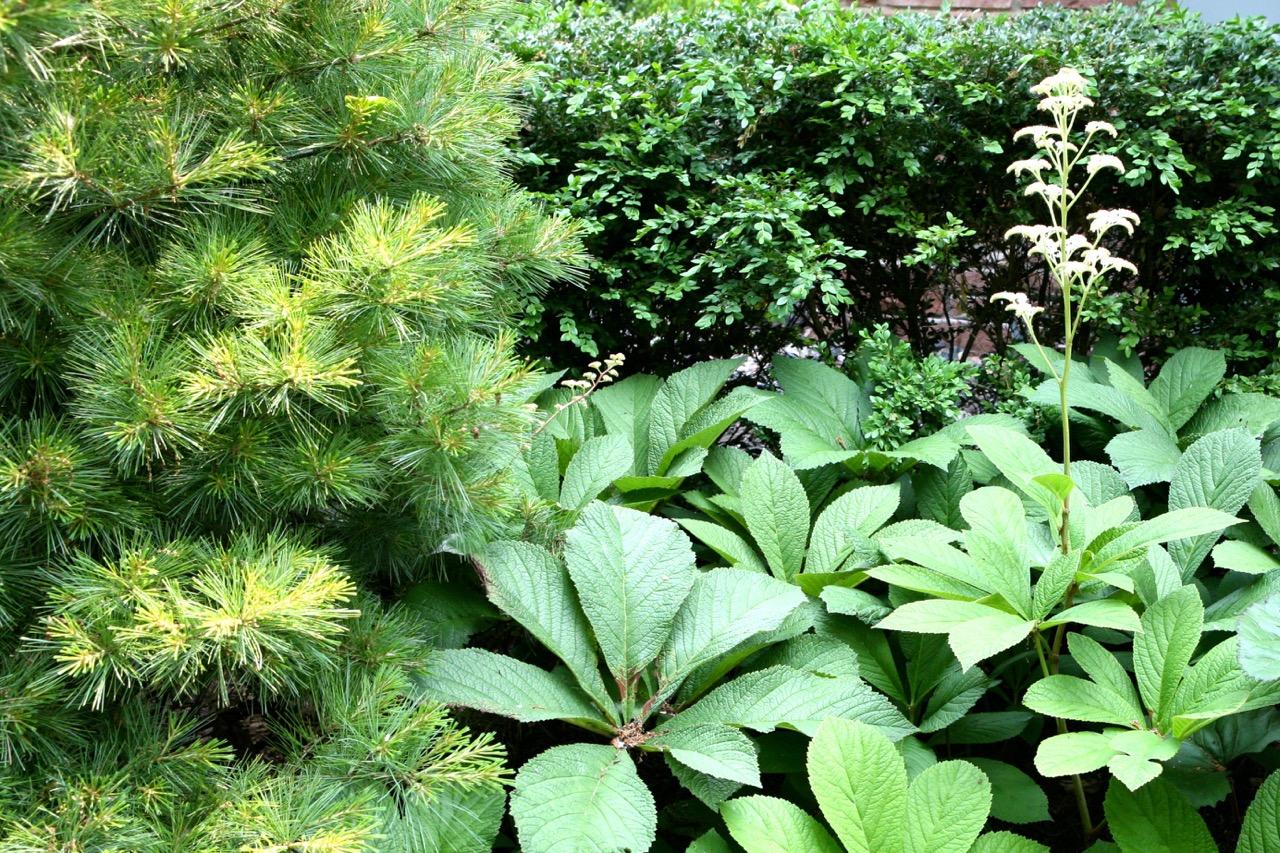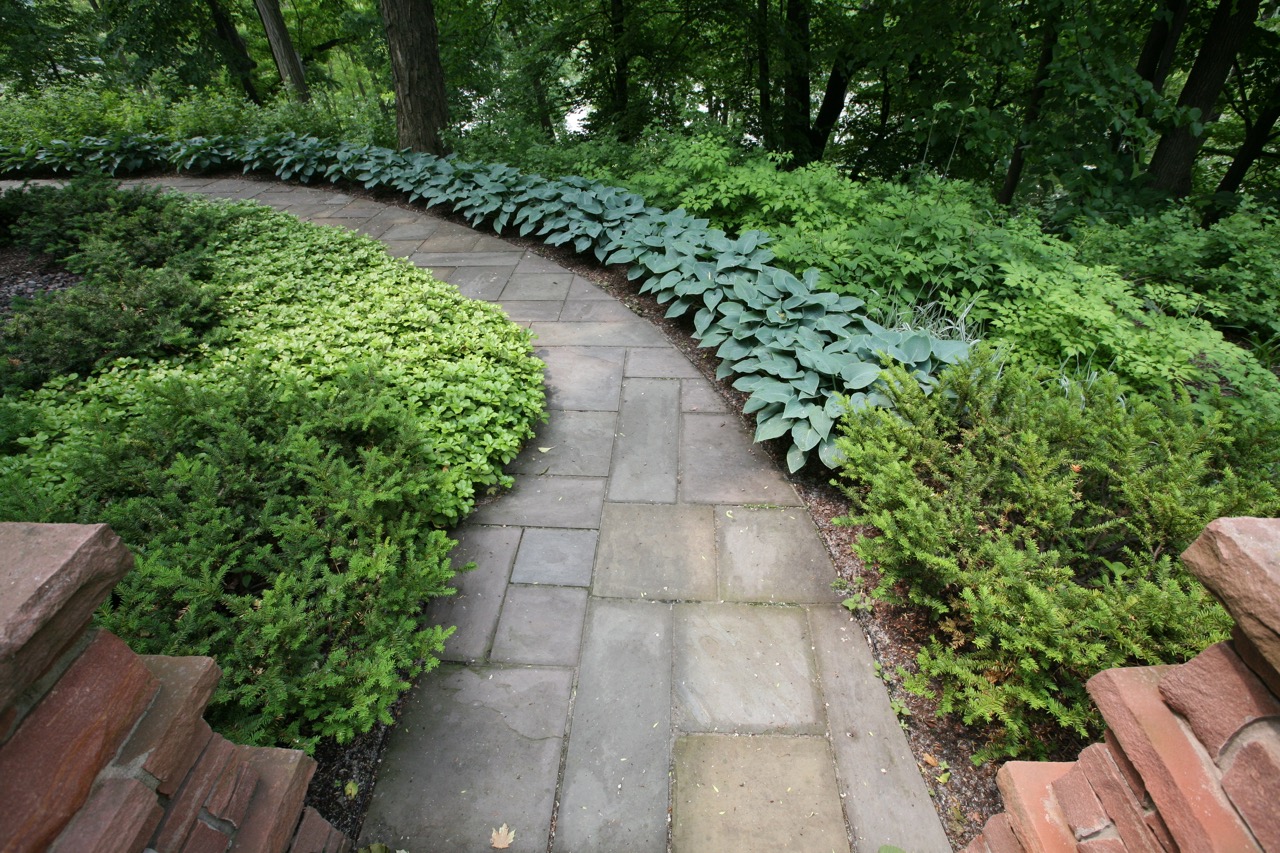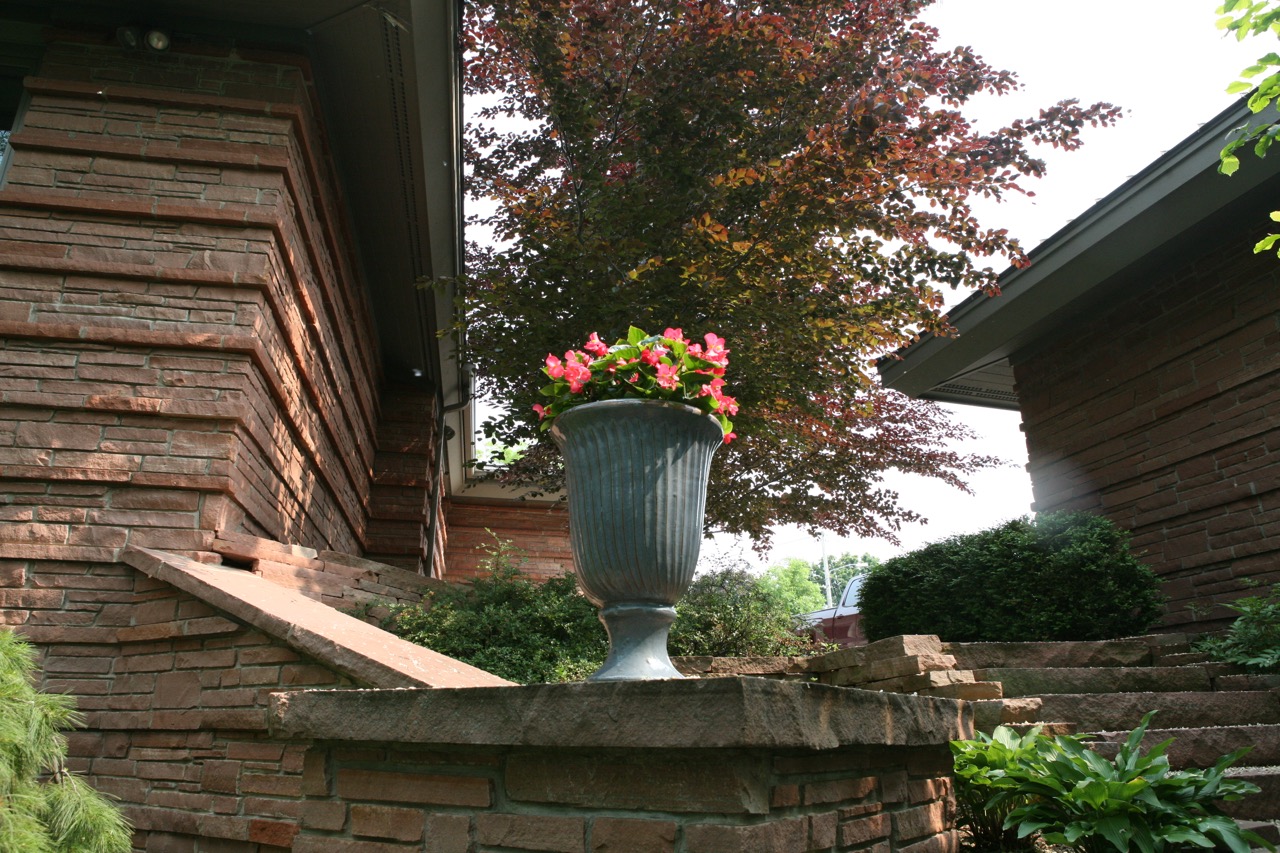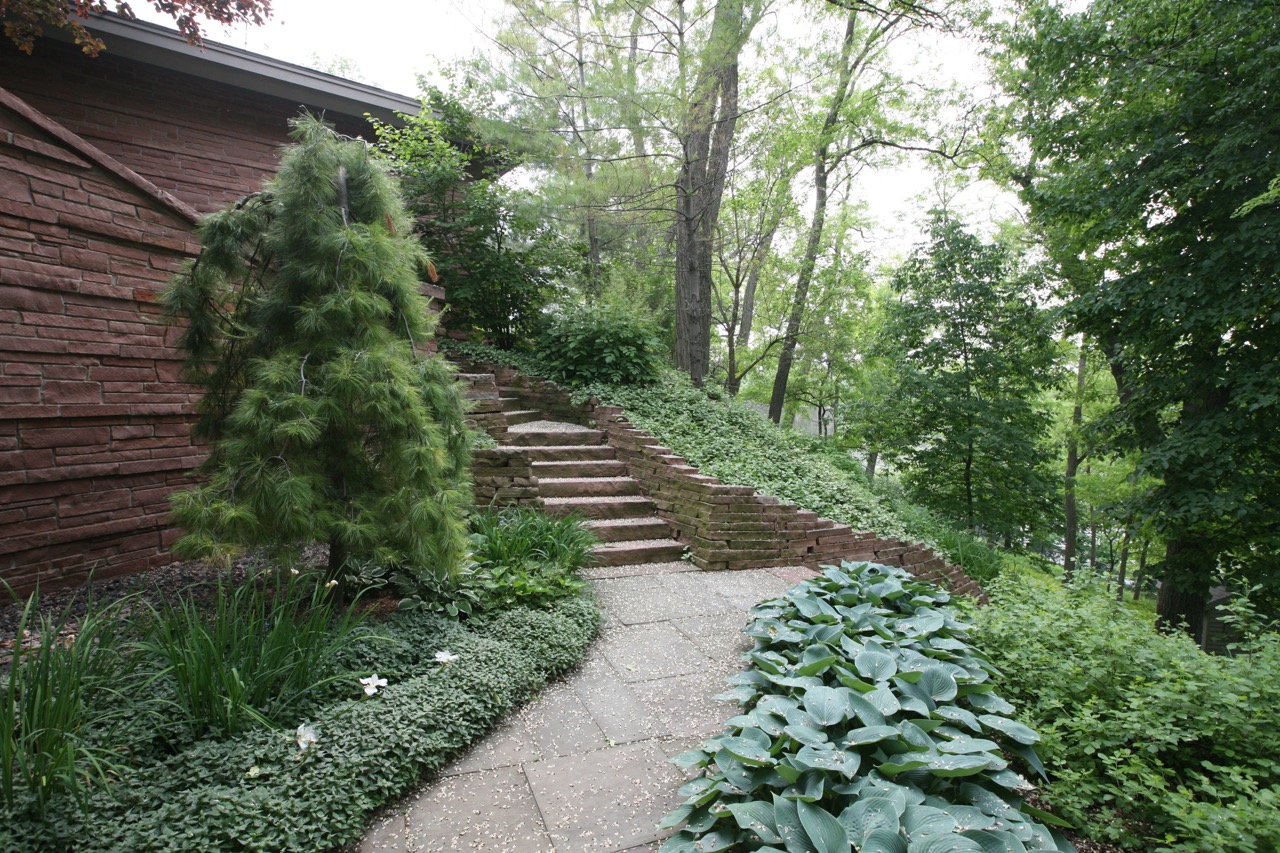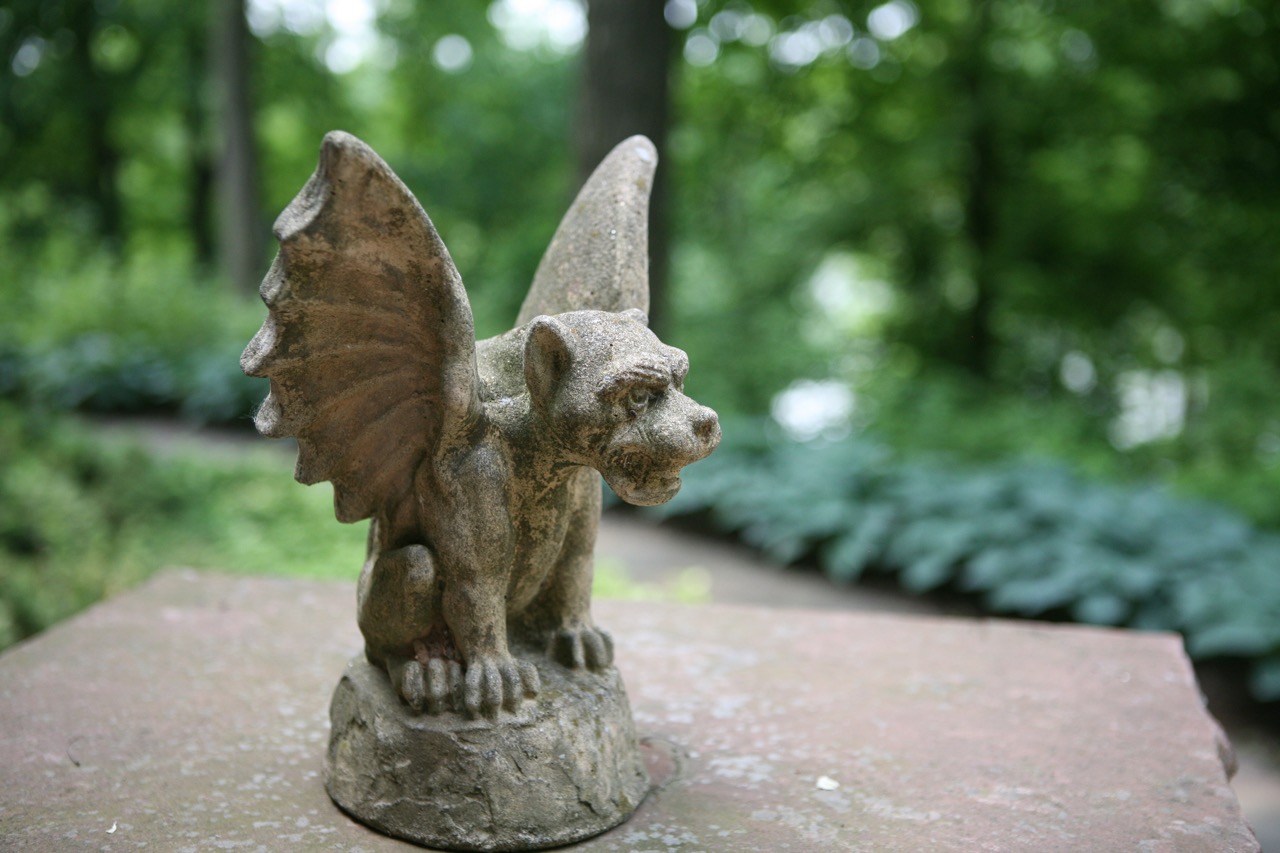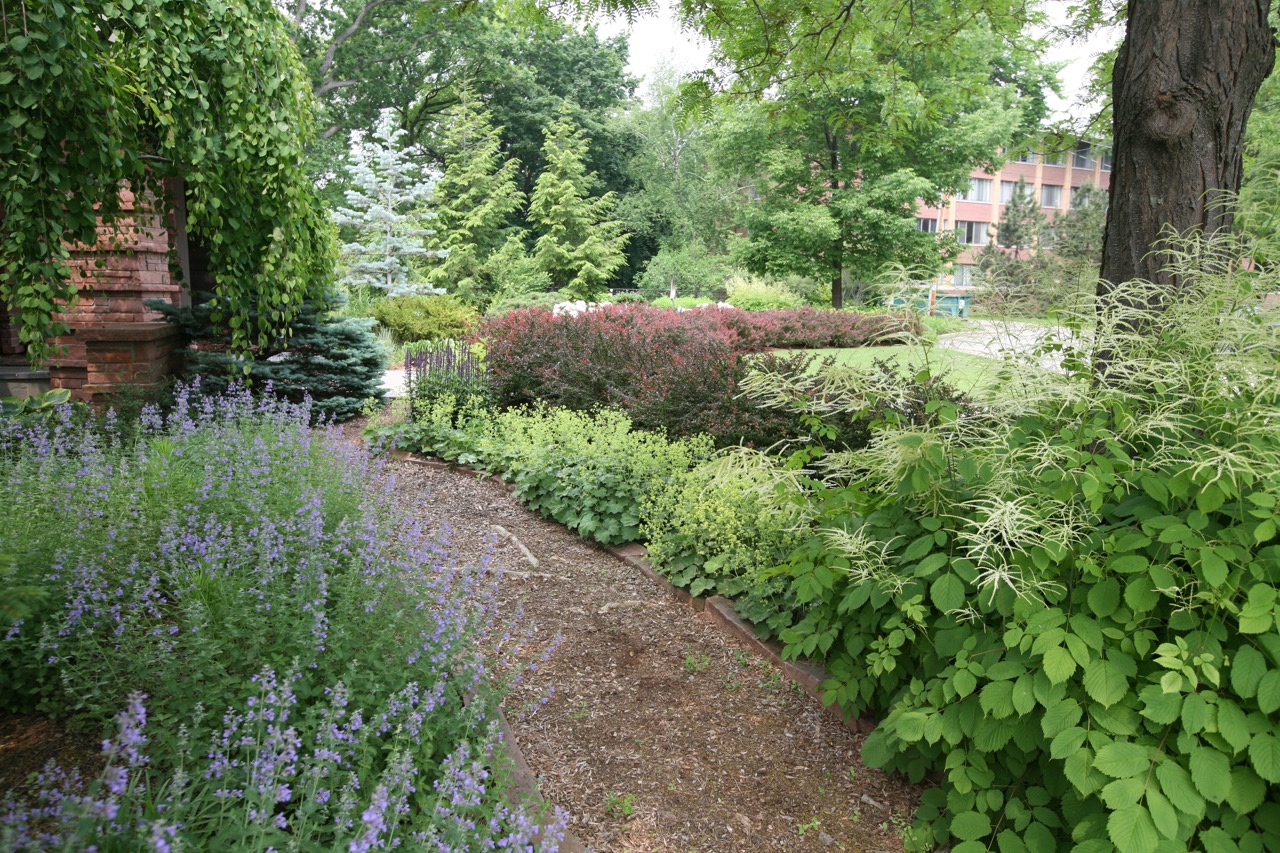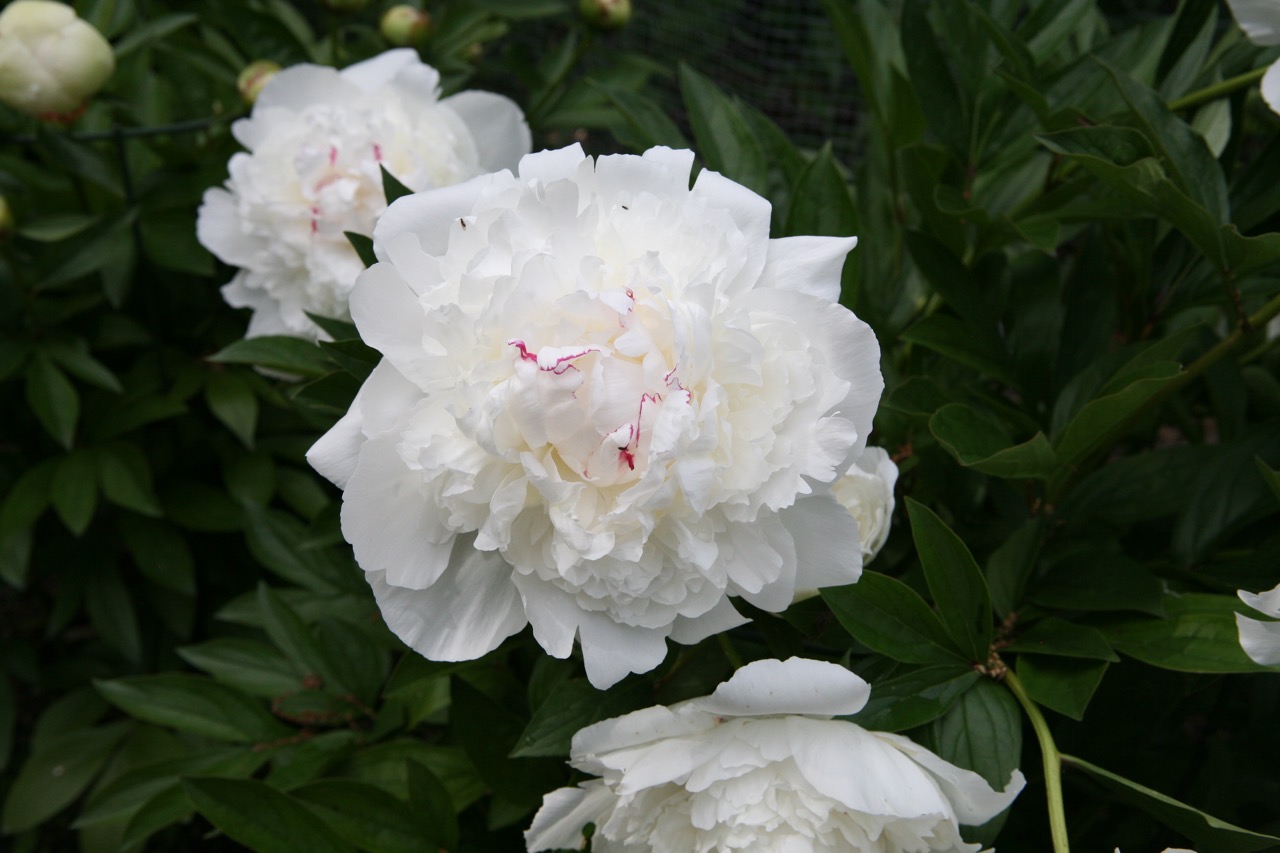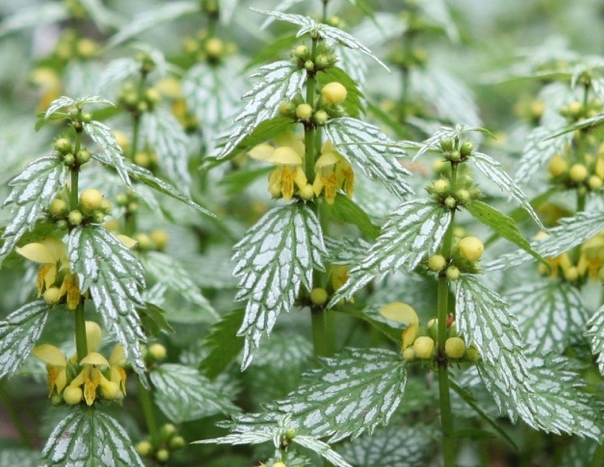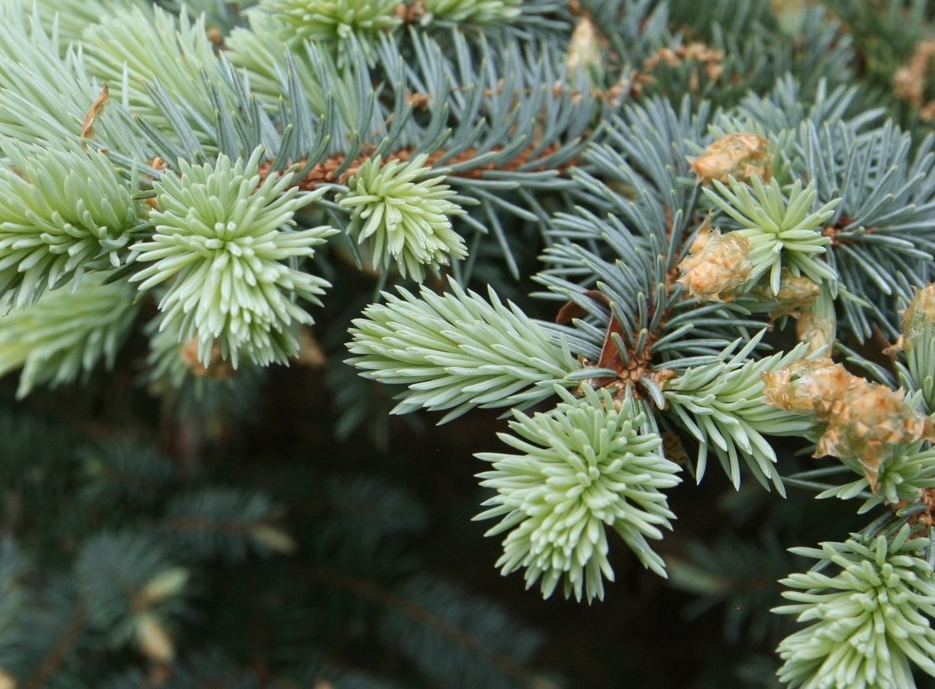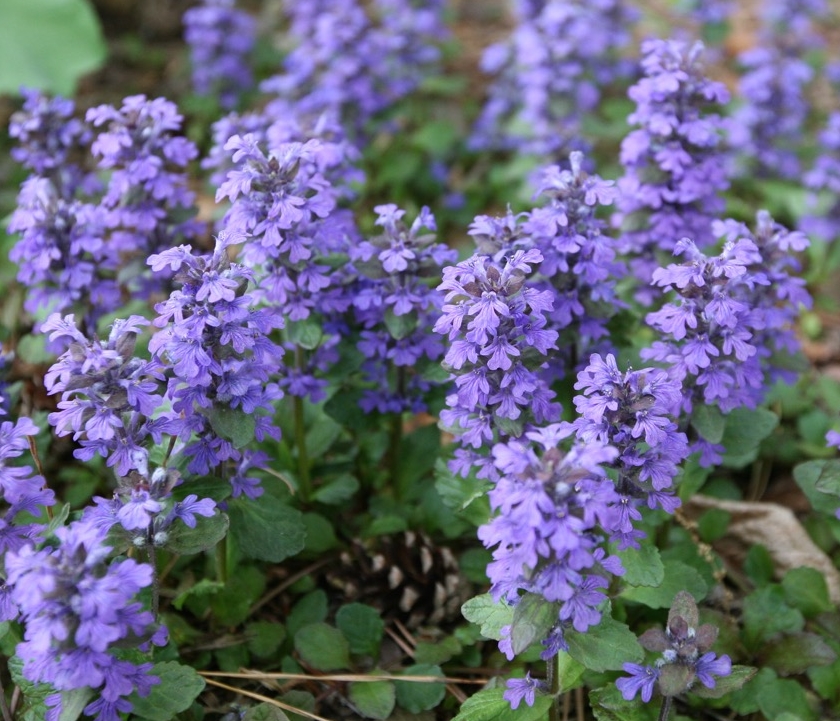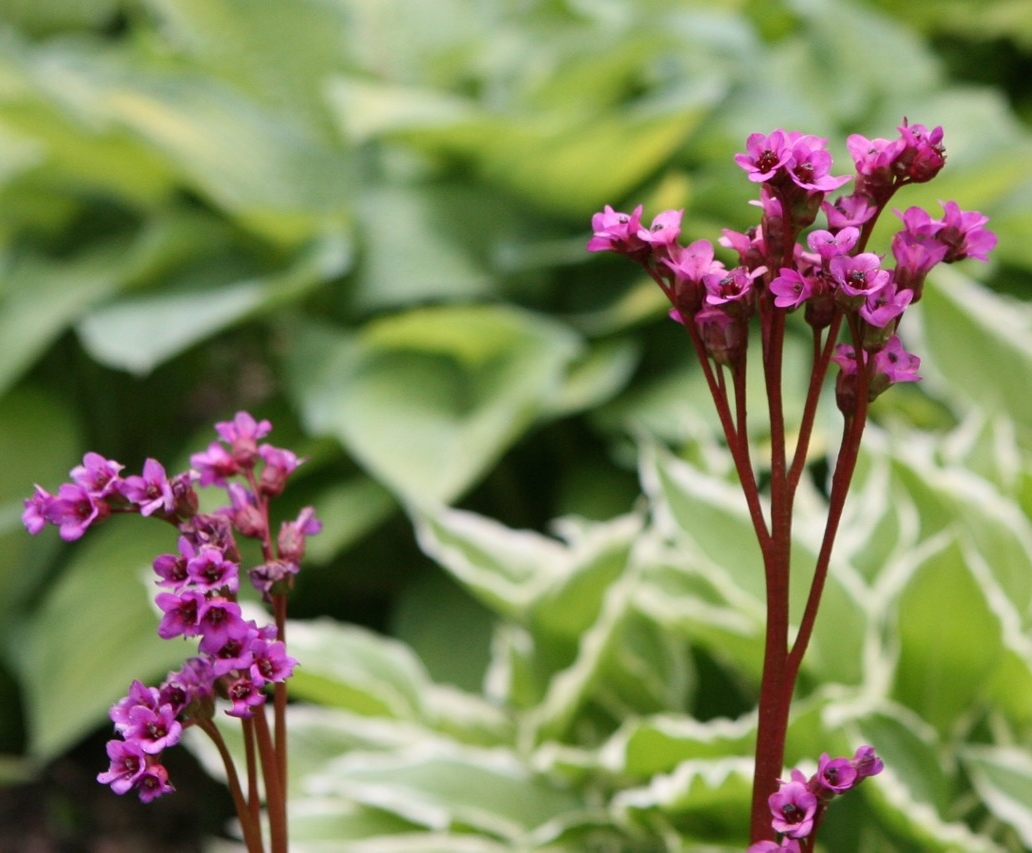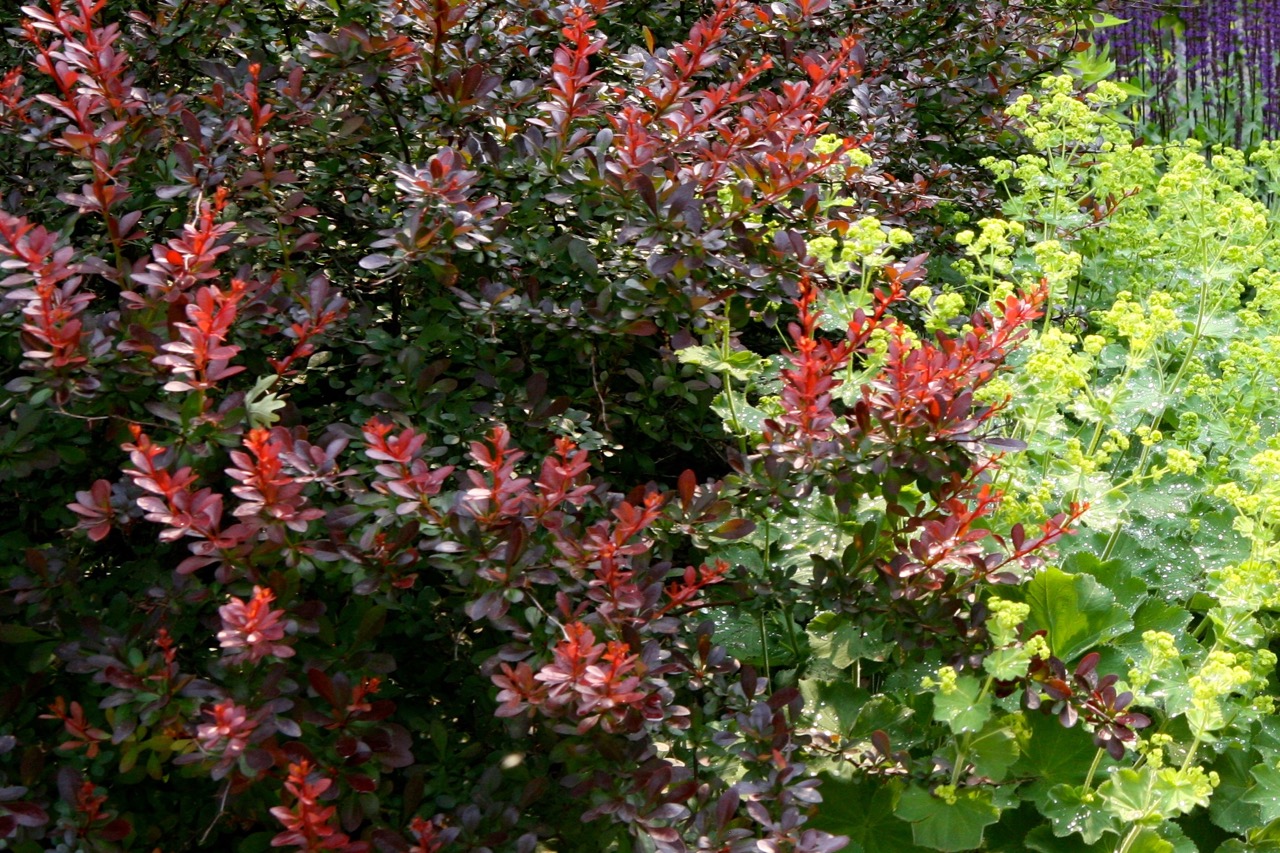In the spirit of Halloween, I wanted to share my visit to one of the most magical gardens I have ever seen, the Sacro Bosco or Sacred Wood. Adding to the spell of the Sacro Bosco was how hard it was to find.
While on my way to Viterbo, Italy, I couldn’t get my GPS to recognize either the name or the address for this garden. This had happened to me several times in Italy, so I was mildly amused, confident that my hotel would help me with directions. After all, I had chosen my hotel because it was close to the garden.
My amusement turned to concern when the hotel staff had never heard of Sacro Bosco. One by one, each tried to figure out where I was trying to go, finally agreeing with my GPS that no such garden existed in the area. They were quite sure of themselves. At one point, with the entire staff gathered at the front desk, they reached a consensus that I had the wrong town.
In a last ditch effort, I recalled that I had packed a wrinkled black and white photo of the garden. It was buried in my suitcase, but when I showed it to the staff one exclaimed, “Oh! That’s the ‘Monster Park’, why didn’t you say that from the start!”
Emboldened by a huge sense of relief, and with my camera in tow, I drove the short distance to the garden. The sign in the photograph of the sphinx proclaims, “He who does not visit this place with raised eyebrows and tight lips will fail to admire the wonders of the world.” Beyond the sphinx, heavily wooded paths lead to the head of Orcus, god of the underworld, who is surrounded by sea monsters and figures from another world.
Stay tuned for more about this garden in the next post.


